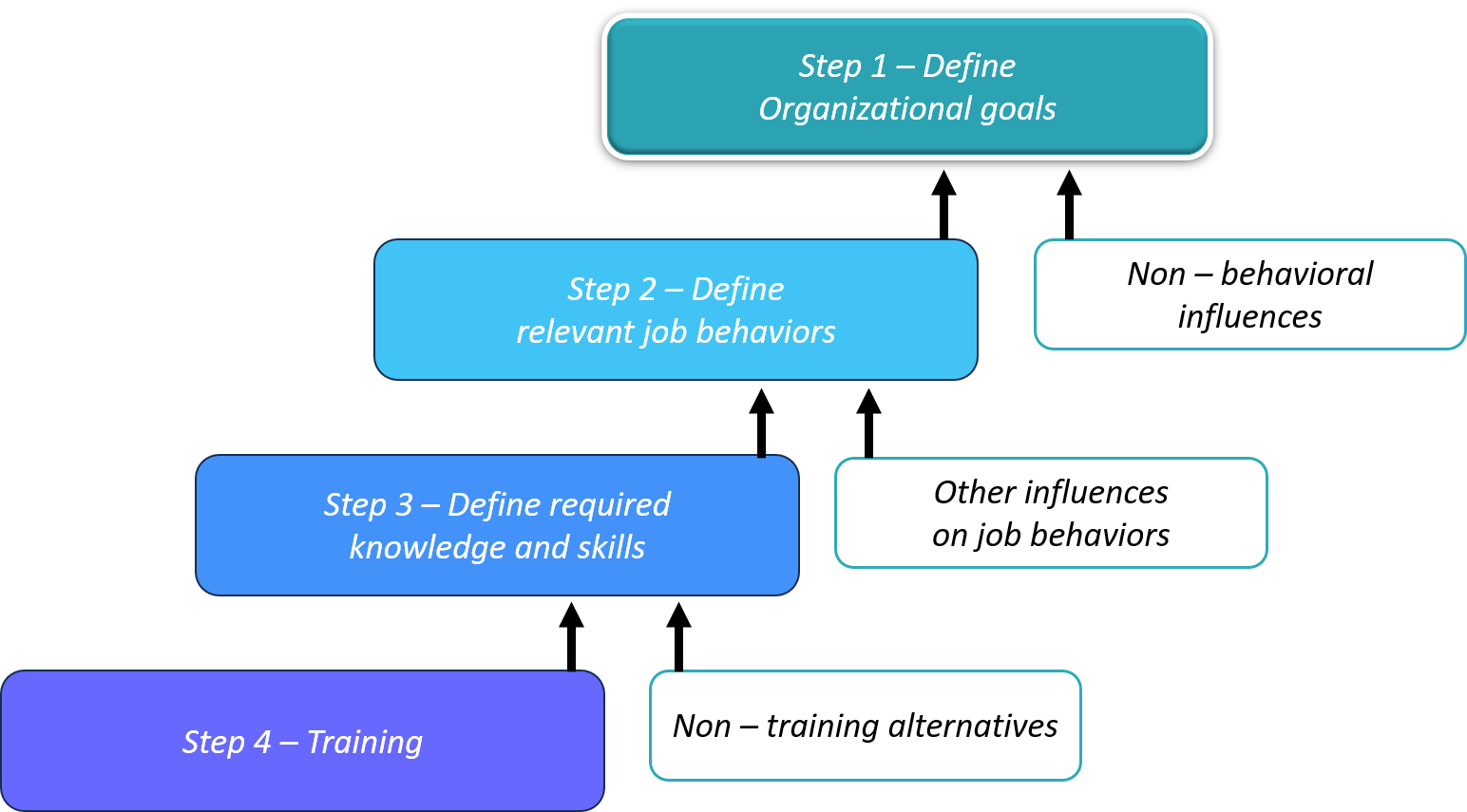KAIZEN Workshop (3 Days in-house)
FOR COMPETENCE MANAGEMENT AND PEOPLE DEVELOPMENT BASED ON ISO 10015 2019 STANDARD
The Japanese Method for Transforming to Organizational and Personnel Excellence by taking one small Step at a Time.

KAIZEN IS THE KEY TO JAPAN'S COMPETITIVE SUCCESS
KAIZEN means gradual, unending improvement, doing "little things" better; setting — and achieving — ever-higher standards. The idea behind Kaizen is to make changes so incrementally that it is actually difficult to give up entirely. The key difference between how change is understood in Japan and how it is viewed in the West lies in the Kaizen concept – a concept that is so natural and obvious to many Japanese managers that they often do not even realize that they possess it!’
The journey of a thousand miles begins with a single step (Lao Tzu).

Western and Japanese Product Perceptions
Looking at this list, we find that the West has been stronger on the innovation side and Japan stronger on the KAIZEN side. These differences in emphasis are also reflected in the different social and cultural heritages, such as the Western educational system's stress on individual initiative and creativity as against the Japanese educational system's emphasis on harmony and collectivism.
IMPROVEMENT EAST AND WEST

PROCESS-ORIENTED WAY OF THINKING
The process-oriented way of thinking bridges the gap between process and result, between ends and means, and between goals and measures, and helps people see the whole picture without bias. Thus, both P criteria and R criteria can be and have been established at every level of management: between top management and division management, between middle managers and supervisors, and between supervisors and workers.
Process or Result
A manager, by definition, must take an interest in the
results. However, when we observe the behavior of successful managers at a
successful company, we often find that such managers are also process oriented.
They ask process-oriented questions. They make decisions based on both P
criteria and R criteria, although they may not always be aware of the
distinction between the two sorts of criteria.

A process-oriented manager who takes a genuine concern for P criteria will be interested in
- Discipline
- Time management
- Skill development
- Participation and involvement
- Morale
- Communication
In short, such a manager is people-oriented. Further,
the manager will be interested in developing a reward system that corresponds
to P criteria. If management makes positive use of the process-oriented way of
thinking and further reinforces it with KAIZEN strategy, it will find that the
overall corporate competitiveness will be greatly improved in the long term.
Kaizen Process
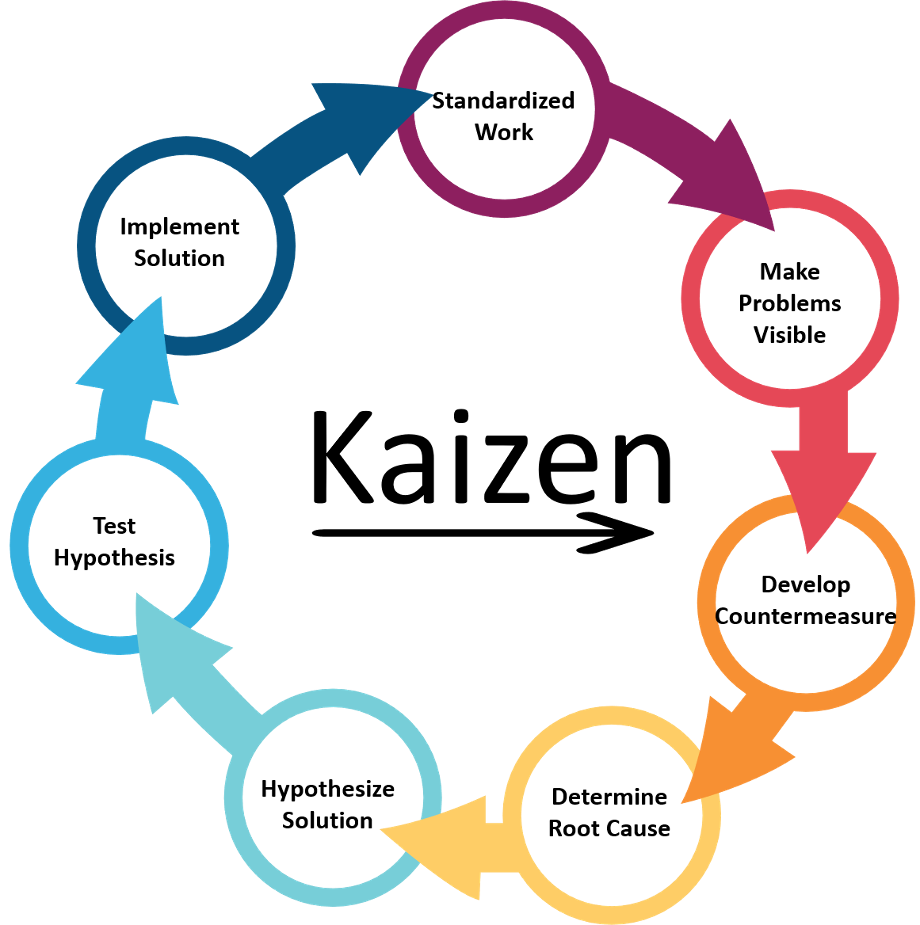
HOW CAN WE FACILITATE ORGANIZATIONS?
To ensure a smooth transition, we develop a change management plan that includes communication strategies and stakeholder engagement. Our approach emphasizes continuous improvement, and we provide ongoing support to adapt to evolving organizational needs and industry trends. Our proposal includes:
1. Develop comprehensive, integrated and holistic learning and development plan using process approach (PDCA) for managing competence and developing people.
PDCA Cycle
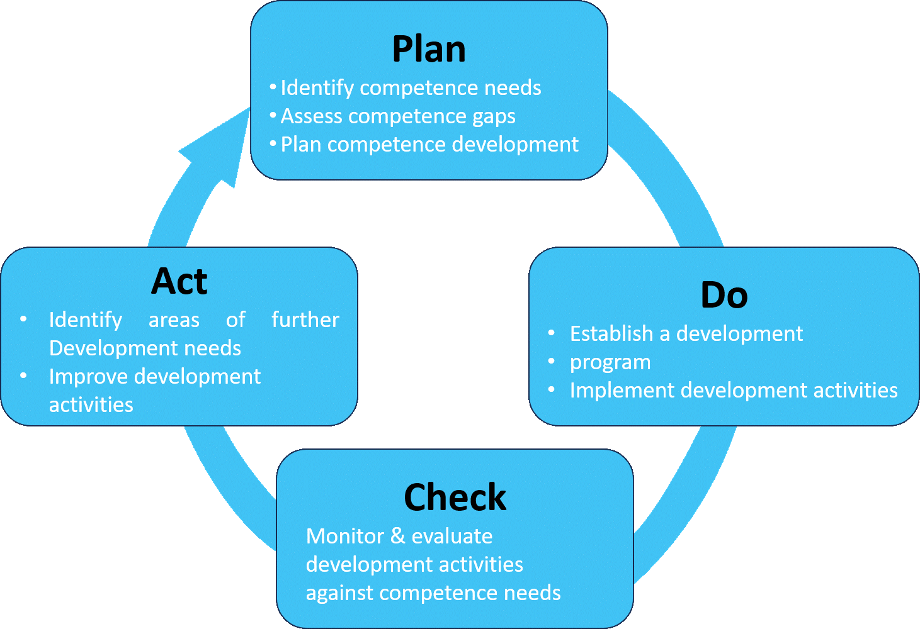
2. Gap Analysis
Conduct Gap analysis of different organizations on existing competence management and people development practices to identify gaps and areas for improvement.
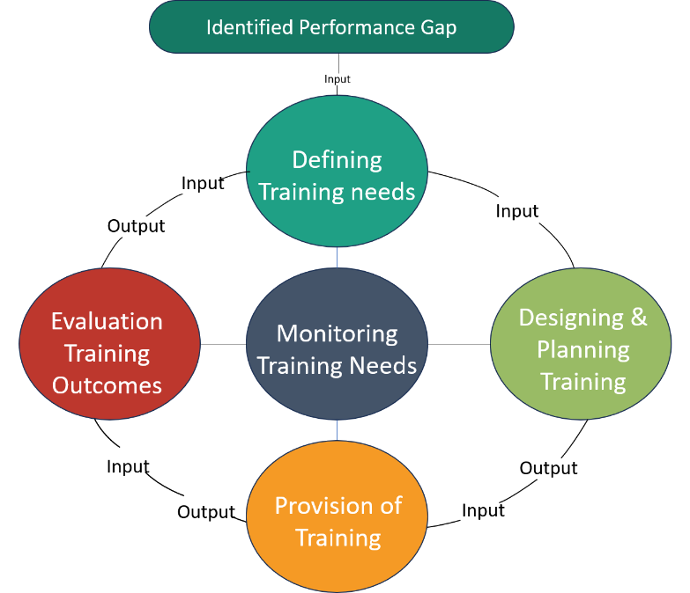
3. Develop holistic, integrated and planned course outline based on root case analysis.
Crafting a comprehensive course outline requires a holistic approach, integrating various facets to deliver a meaningful learning journey. Root cause analysis forms the bedrock, guiding the design process toward addressing fundamental issues. This methodical planning ensures a cohesive structure, aligning content and strategies for an enriched educational experience.
Organizational and Personal Level
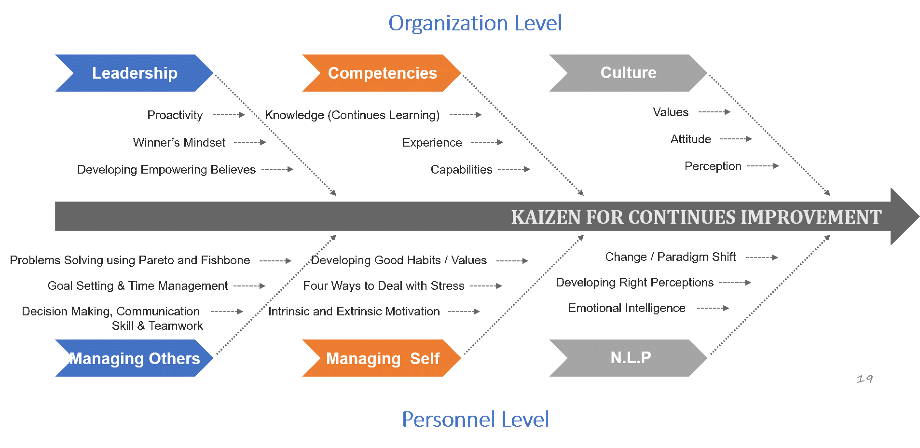
4. Develop learning and development program to implement KAIZEN within organizations, ensuring that competence management system aligns with international best practices and the execution is based on the combination of Behavioral, Cognitive and Constructivist approach
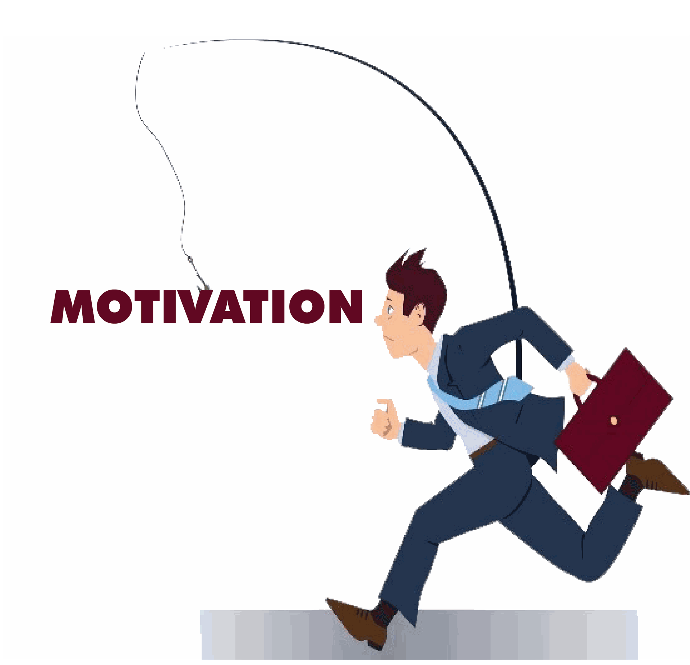
Behavioral Learning
This approach focuses on observable behaviors and the stimuli that trigger them. It emphasizes the importance of reinforcement and conditioning to shape desired behaviors. Behavioral learning is often associated with classical and operant conditioning theories. It can be effective for teaching specific, concrete skills and behaviors but may not always address higher-level cognitive processes or complex problem-solving.
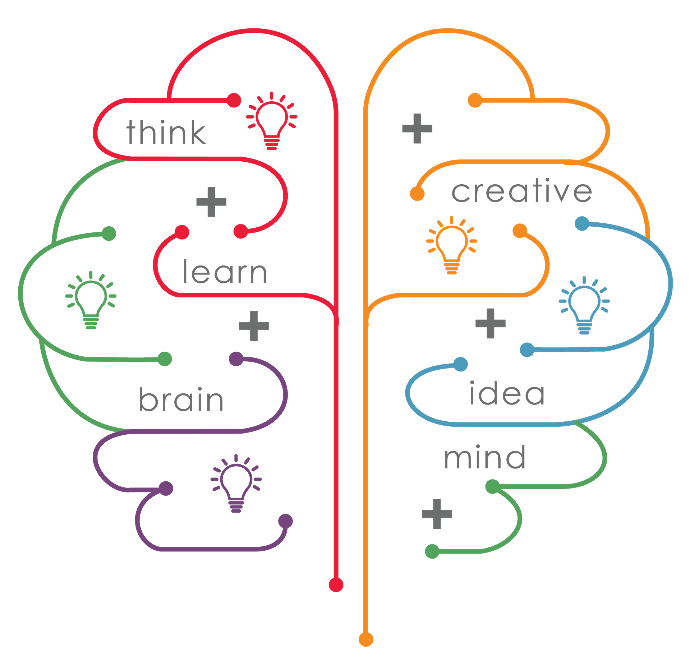
Cognitive Learning
Cognitive learning theory emphasizes mental processes such as perception, memory, and problem-solving. It views learning as an active process of acquiring knowledge and understanding. This approach is effective for promoting critical thinking, problem-solving skills, and a deeper understanding of concepts. It is often used in traditional classroom settings and can be especially useful for subjects that require higher-order thinking.
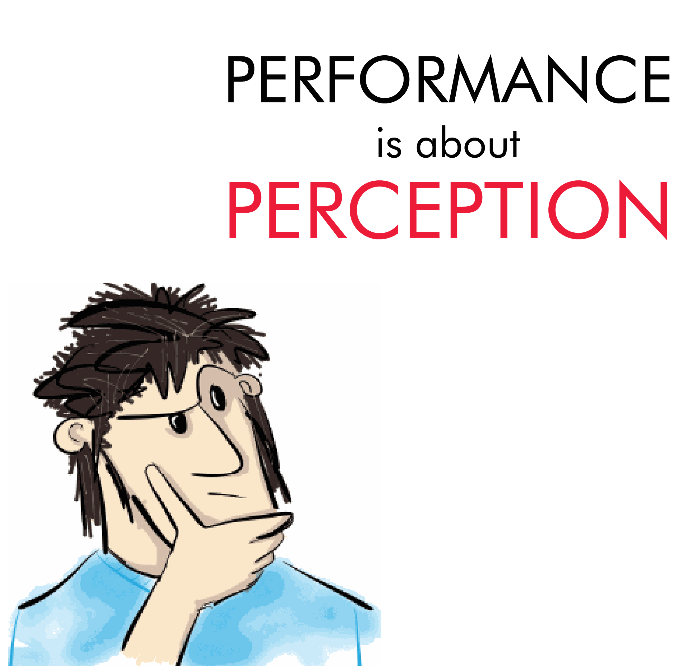
Constructivist Learning
Constructivism posits that learners actively construct their own understanding of the world by building upon their prior knowledge and experiences. It emphasizes the importance of hands-on, inquiry-based learning and encourages participants to engage in problem-solving and critical thinking. Constructivist approaches are often seen as more participant-centered and can promote long-term retention of knowledge.
5. Provide three (3) days in-house training program and cover a wide range of topics related to leadership, innovation, teamwork, and personal development.
Training plays a pivotal role across multiple levels within an organization, spanning the organizational, operational, and individual spheres. At the organizational level, training cultivates a culture of continuous improvement, aligning workforce skills with strategic goals. It ensures efficient resource utilization and adaptability to market changes. Operationally, training enhances workflows, boosts productivity, and fosters seamless coordination among teams, resulting in optimized processes and higher quality outputs. Individually, training empowers employees with the necessary skills, knowledge, and confidence to excel in their roles, fostering personal growth, job satisfaction, and employee retention. By addressing these diverse levels, training becomes a catalyst for holistic organizational success, driving innovation, competitiveness, and sustained growth.
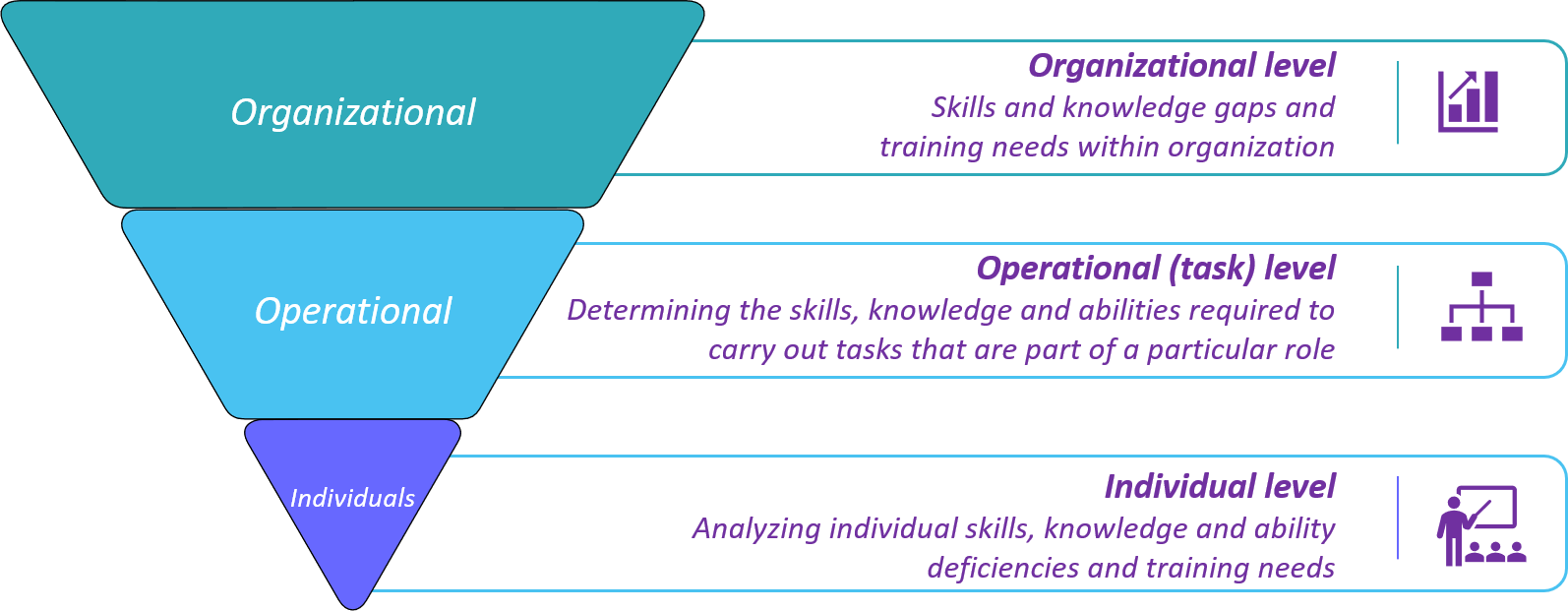
6. Develop competency assessment tools during training to evaluate the effectiveness of the competence management system and identify areas for continuous improvement. We assist participants in documenting processes, and establishing reporting mechanisms to monitor progress and compliance.
